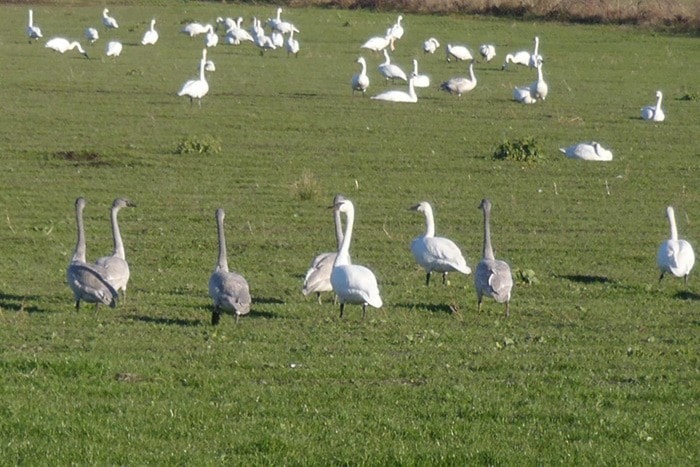Over the next few years I predict we will hear a great deal about how we can adapt to climate change. In this case I suggest the royal “WE” refers to human beings rather than the huge multitude of life forms that inhabit this planet along with human beings.
As an example, our current government representatives at the UN Climate Summit in Paris have come out in favour of a 1.5C degree ceiling for temperature rise instead of the more universal 2.0C degree rise.
One important reason behind the new figure is the growing problems facing small island countries in their struggles to survive rising sea levels associated with the larger goal. If Canada's new limit is adopted by our national government it suggests an increased awareness of the broader global problems that have a direct influence on places in British Columbia - such as the Delta region of Ladner and Beach Grove or closer to home in the estuary of the Courtenay-Puntledge rivers.
It would be neat if we could bring in a round table of sea animals and sea birds that have adjusted their breeding cycles to the spawning runs of Pacific herring in the spring of the year. It is possible the herring will adapt to a warming ocean by spawning during a much earlier time line.
This might be a boon to the herring in avoiding predation by other life forms; but what will the other life forms feed their offspring? Will they be able to sit around in a Paris-type conference, adapt change in their feeding patterns, or will they perish because there are no little herring to feed their own young that are born to coincide with the huge numbers of baby herring to feed upon? It also raises the question of will there be micro-life forms to feed the little herring?
I recently hunted in the Interior south of Kamloops on grasslands that were part of the grazing land of a large ranch. One of the owners he told me about large areas with southern slopes that had been severely impacted by huge numbers of grasshoppers this past summer, eating the grass and leaving little for grazing animals. It raises the spectre of plagues of locusts that eat everything in their flight paths. Will they be part of the growing climate change conundrum?
During our hunt last month we were amazed at the numbers of naked, dead Ponderosa pines that stood like huge monuments in the open grasslands. I suggest they are symbols of a changing climate that has huge implications for the future of our forests. In recent press releases we are already recruiting increased numbers of trained firefighters to try to control the wildfires that increasingly challenge our forestry managers.
The points raised in this column suggest a broad ecological approach to the challenges of climate change. Fishers and hunters are an important group of people who come in contact with the natural systems of our complex province in a society that is losing its ability to touch the earth in a realistic way. We have much to contribute in understanding eco-systems.
Ralph Shaw is a master fly fisherman who was awarded the Order of Canada in 1984 for his conservation efforts. In 20 years of writing a column in the Comox Valley Record it has won several awards.
